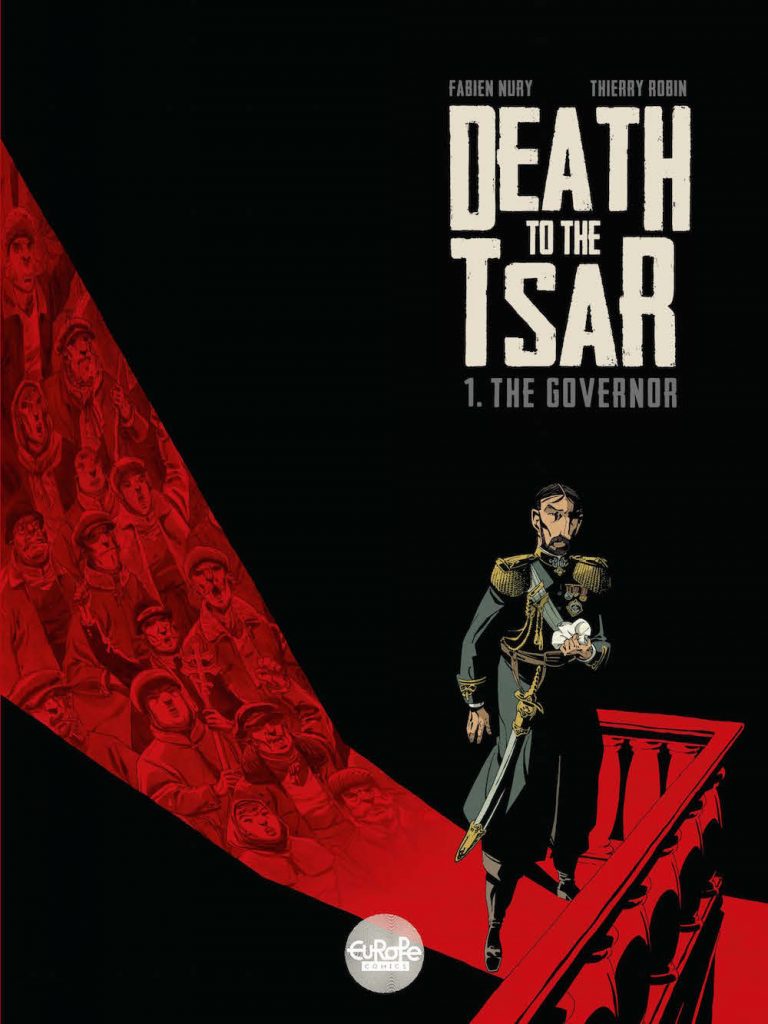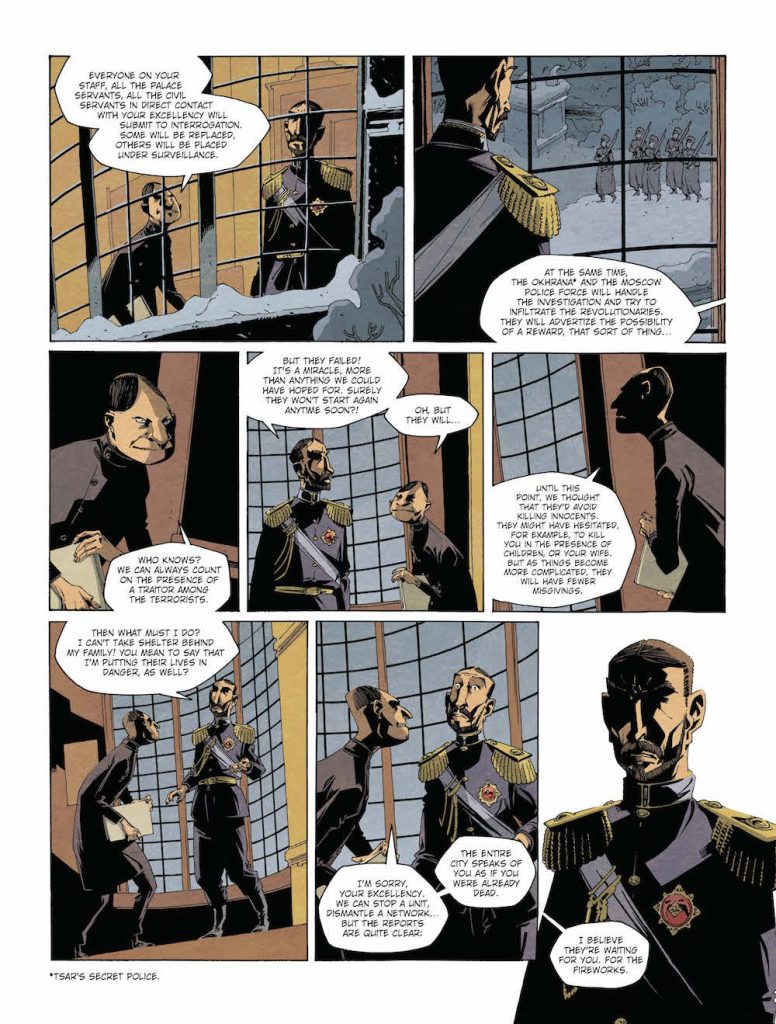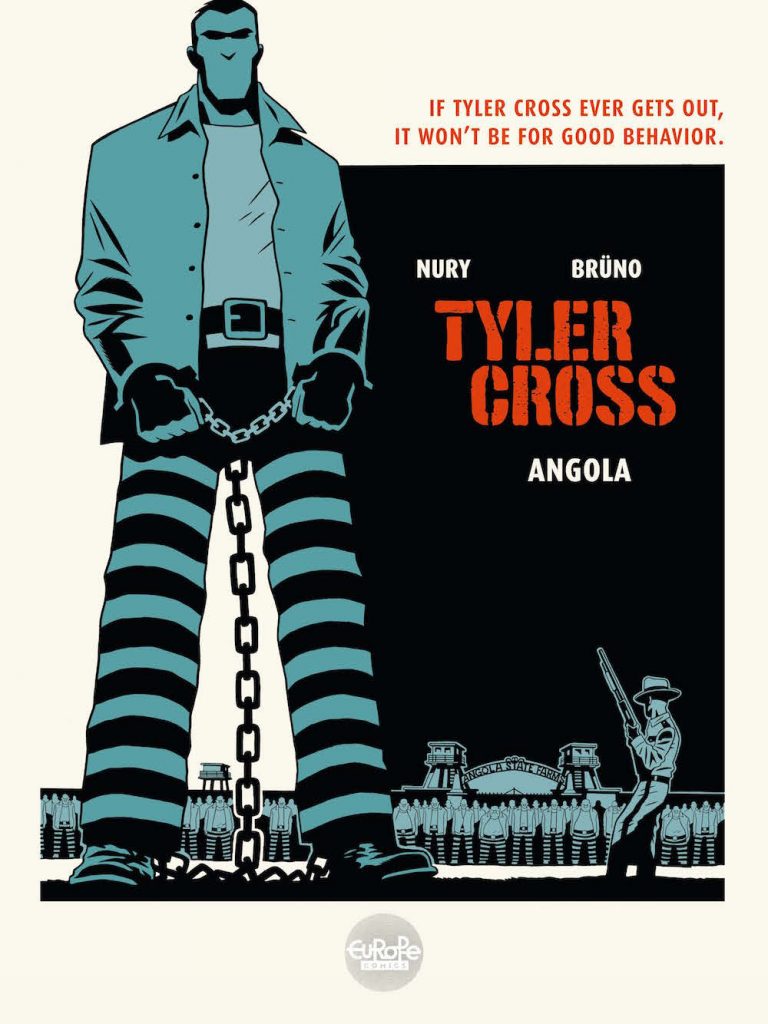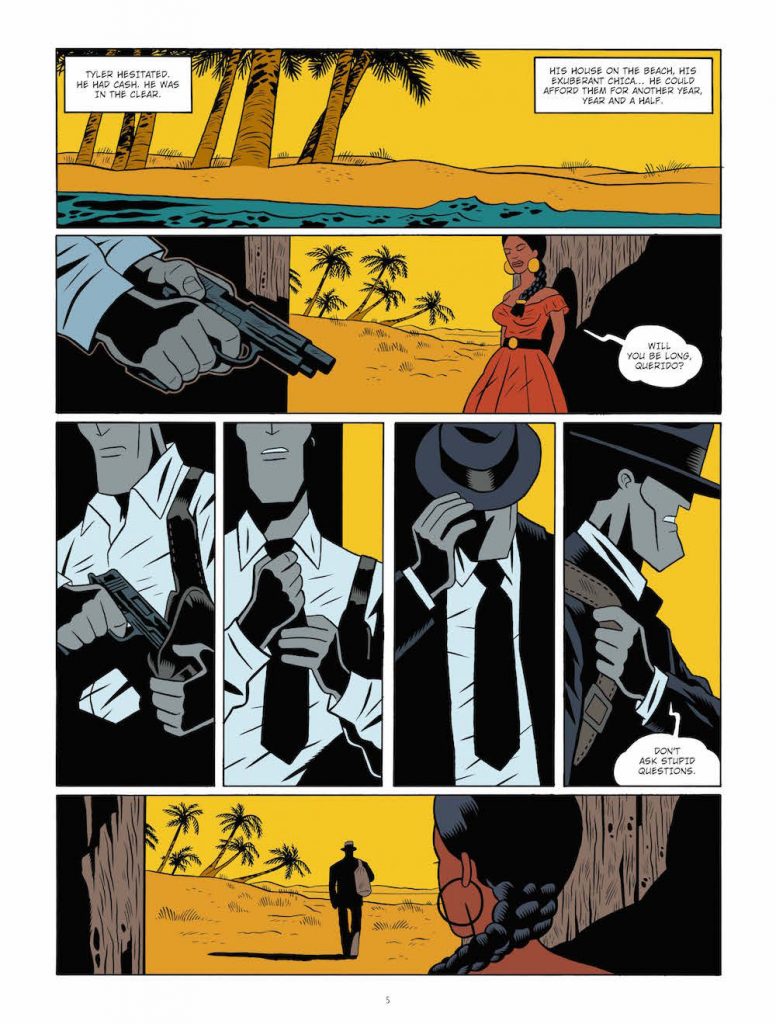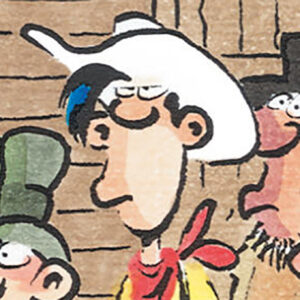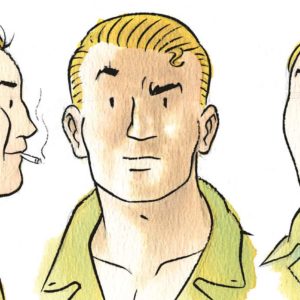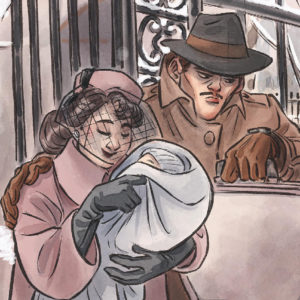
Born in 1976, Fabien Nury began his career by co-writing with Xavier Dorison the script of W.E.S.T (Dargaud; Spooks, Cinebook), a hit series illustrated by Christian Rossi (six volumes between 2003 and 2011). Nury independently wrote Je suis légion (2004-2007, Humanoïdes Associés), a trilogy illustrated by the American John Cassaday and translated into eight languages. In 2007 he also started working on Le maître de Benson Gate (Dargaud) with Renaud Garreta. From 2007 to 2012, Nury wrote the script for the six volumes of Il était une fois en France (Glénat). The historical series, illustrated by Sylvain Vallée, received wide critical and public acclaim (over 850,000 copies sold). Amongst other achievements, in 2011 he received an award for best international series at the Angoulême International Comics Festival. Since then Fabien Nury has been gaining success in various genres: the historical narrative La Mort de Staline (Dargaud; The Death of Stalin, Europe Comics), illustrated by Thierry Robin; the thriller Steve Rowland, volume 5 of the XIII Mystery series (Dargaud, illustrations by Richard Guérineau); the detective series Corey Silas (Glénat, illustrations by Pierre Alary); and the literary adaptation Atar Gull (Dargaud, Europe Comics in English), illustrated by Brüno. In 2013, Nury also created Tyler Cross with Brüno (Dargaud, Europe Comics in English), a noir graphic novel praised by both critics and readers. In 2014, Fabien Nury published the fourth and final volume of L’or et le sang (Glénat), co-scripted by Maurin Defrance and illustrated by Merwan and Fabien Bedouel. With Thierry Robin he then created the two-part series Mort au Tsar (Dargaud; Death to the Tsar, Europe Comics). In 2014, with Eric Henninot he also published Fils du soleil(Dargaud), an adventure album adapted from two novels by Jack London. And in the audiovisual realm, Fabien Nury co-wrote with Dorison the script for the feature film Les brigades du Tigre (directed by Jérôme Cornuau, 2006) and the TV movie Pour toi, j’ai tué (directed by Laurent Heynemann, 2012).
How did you decide to become a comics creator? And if you hadn’t pursued this career, what line of work would you have chosen?
Ever since childhood, I’ve dreamed of telling stories, either through comics or other audiovisual media (movies or TV shows). I really took my decision to try to become a writer later on, however, while going to business school — something that didn’t interest me in the slightest. One night, I sat down at the table and told myself, “Write down whatever comes to mind, it doesn’t matter if it’s good or bad, the important thing is to get to the end. If you finish one script, you can rewrite it later or write another one.” After that, I never stopped, and I continue to learn as I write. There’s nothing else I’d rather be doing, except for maybe film-making or directing, which I tried recently with a TV series that I created.
What has influenced your creative work the most? Is there a person who has particularly inspired you?
As far as other comics creators go, I would say Alan Moore and Jean-Michel Charlier. The first for the formal perfection of his work as a whole and for his literary richness, and the second for the narrative profusion of his greatest series (Blueberry, Barbe-Rouge). Beyond them, I could name Frank Miller, Hugo Pratt, Alain Ayrolles… Otherwise, classic cinema as well as literature — particularly noir fiction —have also been predominant influences in my work.
Which artist (living or dead) would you like to collaborate with?
I’ve never thought about things that way. I think first and foremost about the content, the themes to be dealt with, before wondering who I would like — or would have liked — to collaborate with.
What are your thoughts on digital comics?
It’s a great opportunity for books to reach new audiences. Not only for new releases, but also for the preservation of our heritage — all of the many incredible titles that are hard to find in stores, and that absolutely must be saved and passed on. I dream of the legendary “library of Babel” becoming a reality some day!
Several of your titles have had a large impact on the Europe Comics catalog: Tyler Cross, Atar Gull, The Death of Stalin, Death to the Tsar. What’s the story behind these books? What was the creative process like?
Several of these books were based on true stories. I was fortunate to come across them and to be able to share my passion for these worlds. For a book like The Death of Stalin — at first glance not a mainstream story — to be adapted into a feature-length film is simply incredible, and I don’t take that for granted. On the whole, the books that you mention were above all linked with amazing encounters that I had, both artistic and human. I am thrilled that we were able to bring to our readers such a collection of uncompromising stories, which don’t necessarily sugarcoat things, out of fear of rubbing people the wrong way. The only real way to measure success remains, in my opinion, the emotion felt by readers.
Header image: Death to the Tsar © Robin & Nury / Dargaud
